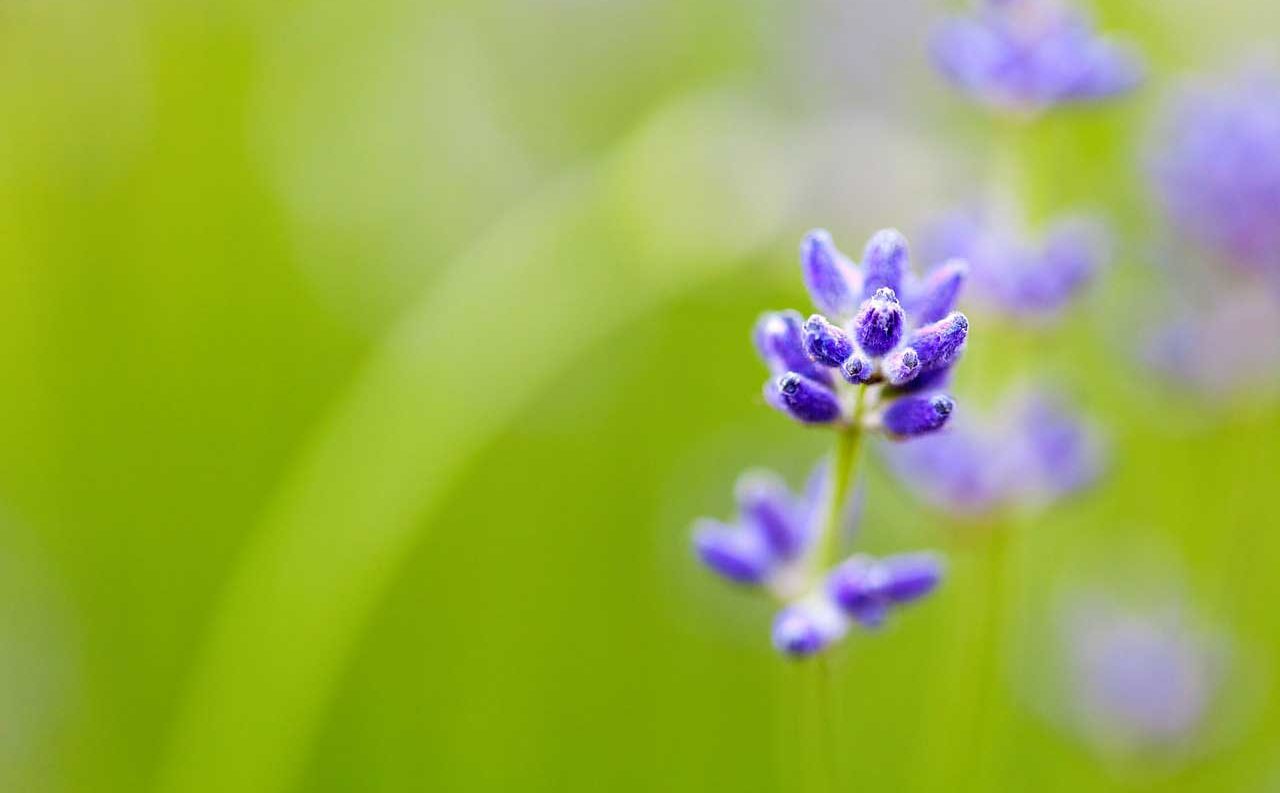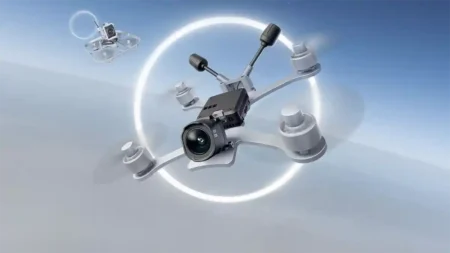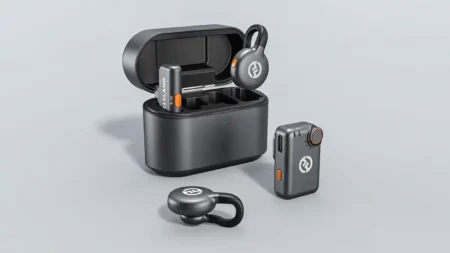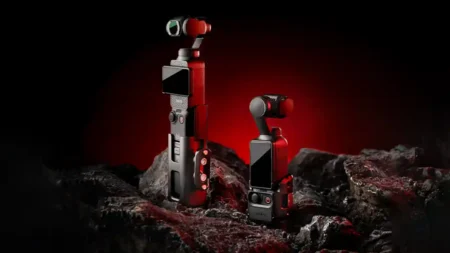Shallow depth of field is one of the classic photo effects that every photographer tries to achieve at some point. That narrow plane of focus makes any subject stand out and gives images a timeless, classic feel.
Many people think you can only achieve shallow depth-of-field effects with full-frame cameras and fast lenses. While these, of course, help, the truth is you can make images with shallow depth of field whether your camera is a smartphone or a compact. And you can even do it without resorting to Photoshop trickery!
Kind of like riding a bike, once you understand how subject and focusing distances affect depth of field, you’ll find that you can employ this focusing technique with whatever camera you have to hand.
Why do we use shallow depth of field?
We use shallow depth of field in photography in order to isolate focus on a subject, which gives it more impact. The viewer’s eye is immediately drawn to your subject in this shallow plane of focus.
We’ve explained what depth of field is in some detail before, but in short, depth of field is the area of focus within your image.
A photograph with shallow depth of field will feature only a small section of the frame in focus (commonly seen in portraits and macro photography).
An image in which everything is sharp from front to back will have what’s called maximum depth of field (commonly seen in landscape photography).
Shallow depth of field with a point and shoot camera
Focusing close up on a subject greatly affects depth of field, and you’ll know this if you’ve ever used a macro lens. Let’s say you have a traditional 90mm lens that you’re using to take a portrait.
This lens will give you a shallow depth of field once you dial in a narrow aperture of, say, f/2.8. But a 90mm macro lens is a different story.
At the same aperture a macro lens at the same focal length offers a narrow plane of focus, as it’s designed to photograph subjects positioned only a few centimetres from your camera.
Now, we’re not saying you need a macro lens for your compact camera or smartphone, but they, too, can capture subjects from just a few centimetres away. Even with their smaller sensors they can blur backgrounds and isolate subjects within a narrow plane of focus.

How to get shallow depth of field on a compact camera
Most compact cameras offer a macro mode, and you will typically find a direct control for this mode marked by a flower icon on one of the arrow buttons on the four-way controller on the back of the camera.
Setting this mode lets your camera know that the subject is very near and it should focus much closer than usual – perhaps 1cm away or slightly more.
Because your camera is focusing so close in this mode it is not giving any priority to subjects that are farther away. As a result, your background will be thrown out of focus and your image will have a pleasing shallow depth-of-field effect.
It’s worth noting, though, that most compact cameras can only focus this closely when your lens is at the wide-angle setting.
Shooting at very wide angles can cause subjects to be distorted and buildings to appear to lean, so you might want to correct this later or see if adjusting your position makes any difference.
Shallow depth of field and distance to subject
Let’s think about focusing down to its very basics. When you half-press the shutter or tap your smartphone screen to focus on a subject you are simply telling your camera what part of this scene is the most important.
Your camera then gives you the thumbs up and locks its focus not only on that spot, but slightly in front of and behind, as well, to ensure you get your subject sharp.
However, the camera will not only focus on the subject alone, but will extend focus slightly behind and in front of the subject too, which is partly determined by the aperture you use. The size of this zone changes according to your aperture.
Anything in this area next to your subject will also then appear in focus, with elements gradually becoming more blurred as you move away from your main subject. In other words, the details further away from your subject (whether in the foreground or background) will appear out of focus.
Understanding this serves as a great guide for photo composition. Are there distracting elements near your subject? Try finding a different position so that anything you don’t want sharp is as far away in the background as possible.
Shallow depth of field and focal length
A lot of photographers think that long focal lengths (e.g. 200mm) will produce images with shallower depth of field than if you were using a wider focal length. This isn’t exactly true.
It seems to be so, as you’d naturally opt for a long telephoto lens when isolating a subject from its background rather than a wideangle optic, but to make the comparison fair you would need to move so the main subject occupies the same proportion of the frame in each image you capture.
And if you did this, you would see that depth of field hardly changes between the two.
Yet, you’re probably thinking, the images I shoot with telephoto lenses produce a lot more blur. Why?
Your telephoto lens offers a narrower angle of view than a wide-angle lens. This means that with a telephoto lens you are capturing less of the background than with a wide-angle optic.
So, in essence, with a telephoto lens the area your are photographing is being stretched in a way to fill the frame, and this is what creates the stronger sense of blur in your images.
Whether this actually creates more shallow depth of field or not probably isn’t a concern for most people. For most photographers, it’s enough just for it to appear like there is more shallow depth of field.
So if you’re using a compact camera or smartphone, try zooming in as far as possible and photographing your subject from the minimum subject distance at which your camera will allow you to focus.
Tweak your composition to highlight shallow depth of field
Disclaimer: this is more a compositional technique and doesn’t actually create shallower depth of field. What it does is better highlight the shallow depth of field you do have by providing points of reference within each plane of focus throughout the frame.
Let’s imaging that you’re photographing some birds perched on some railings. Now let’s say you’re standing perpendicular to them and trying to focus right in the centre of the frame. Because the birds and railings are more or less all at the same distance from you, they will all be sharp in your image.
And this is fine, of course. That’s a perfectly nice image to take. But if you want to make it a little more artistic, try keeping your point of focus where it was but moving to one side so that you’re now at a 45-degree angle to your subjects.
Some birds will now be further away and some will be closer to you. If you’re using a wide enough aperture you should then be able to blur the birds at both ends of the frame and isolate your focus on the birds in the middle ground.
Move to a more acute angle and this would increase even further. By filling the frame with subjects that you know will be out of focus, more attention is placed on the shallowness of the area that is in focus.
Obviously this won’t be appropriate for every scene, but it’s useful to know if you only want a very small part of a scene to be in focus.



